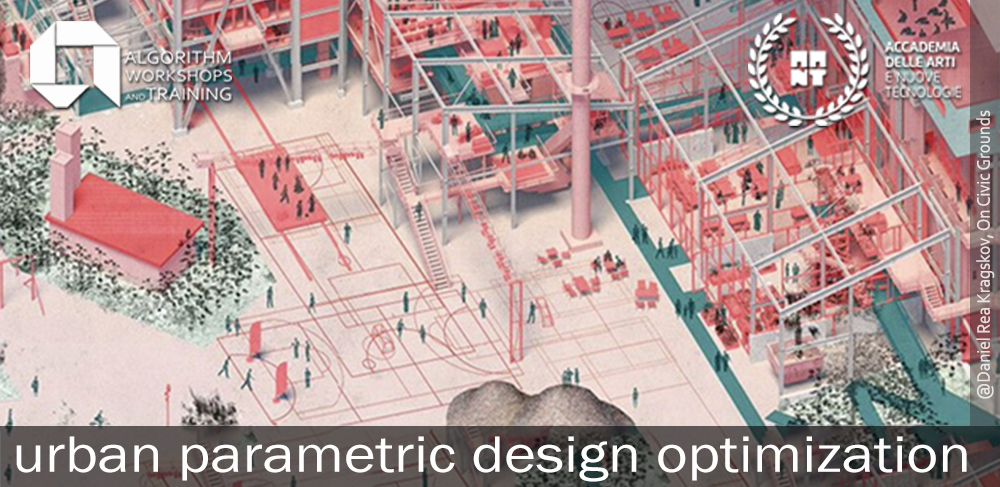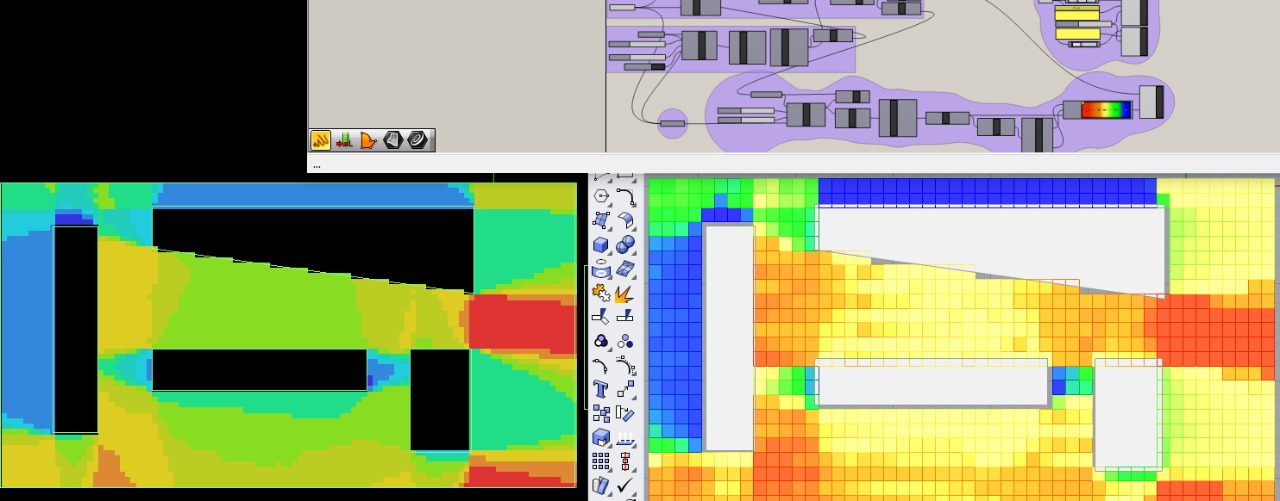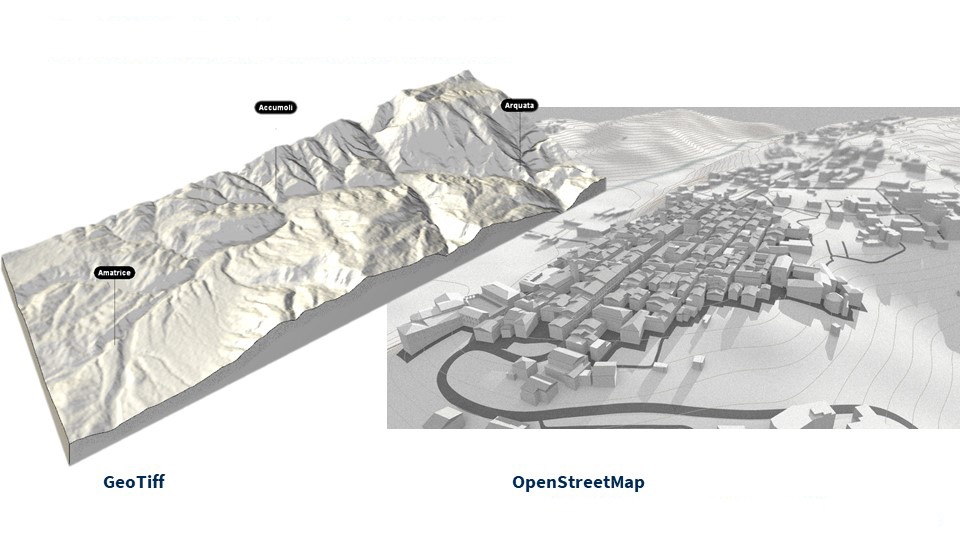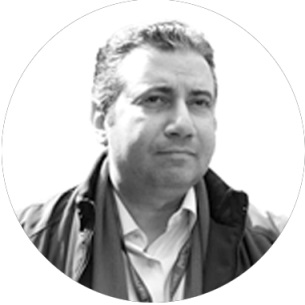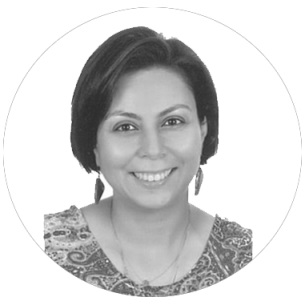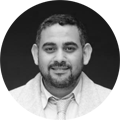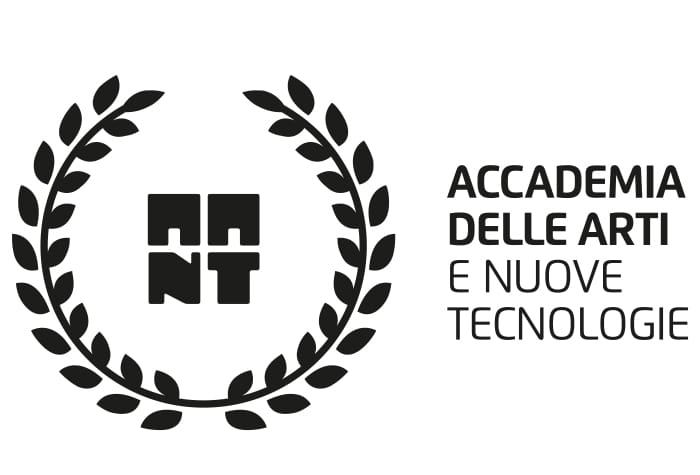Registration deadline is 28th of November 2022
Introduction
Algorithm Rome Winter School at The Academy of Art and New Technology has an advanced computational approach that enables urban designers, landscapers, researchers and architects to optimize their design interventions on urban scale in order to enhance the urban performance supported with the interaction with humans and environment. Series of lectures and software tutorials on urban parametric analysis, generative design and optimization will be given to participants. . Students from the beginning of the school will be divided into groups to compete on a case project increasing their ability to define project parameters, design factors, solving problems, understanding factors relationships, involving environmental and human factors , and optimizing their projects solutions.

The application section focuses on cutting-edge tools and software that enable researchers to complete their analyses more efficiently while also simulating different alternatives and evaluating the best scenario for a development plan. Space syntax and other relevant theories and applications will be implemented in addition of using QGIS. The theoretical and application sections of the workshop collaborate to provide you with a challenging and interesting urban design experience.
